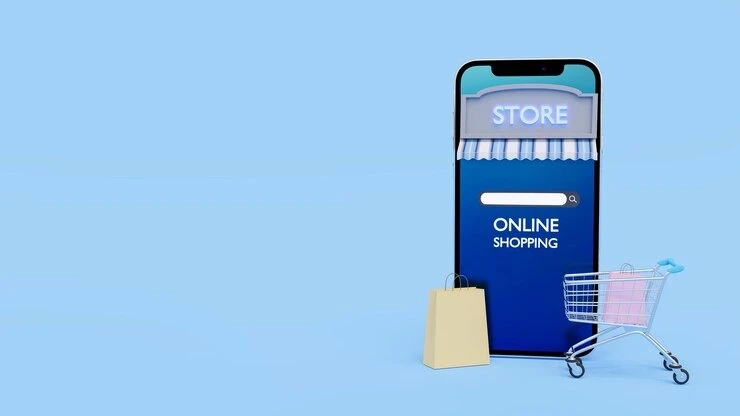Free support 24/7
Free support 24/7

1. Why does a simple topic like orientation matter?
Many e-store owners focus on design, colors, and offers, but overlook a small detail that can make a big difference: the direction of the store's design!
Does your store's interface start from right to left, like Arabic? Or do you still use the foreign design that starts from left to right?
This difference, despite its simplicity, can significantly change the way a customer interacts with your store, and we'll explain why in this blog post.
2. Arabic stores need an Arabic interface
When a customer enters a store, starting from the right, they feel comfortable because they're accustomed to this style from books, school, and even apps.
But when they open a store starting from the left, they feel "strange," and they start searching for buttons or products in unexpected places.
This mental distraction, even if minor, can cause them to leave the store before completing the purchase. 3. Studies and actual experiments have proven the difference.
In numerous experiments on stores using a left-to-right interface in Arab markets, the following were observed:
• Lower interaction rates with sidebars.
• Delays in decision-making or product searches.
• 25% higher exit rates compared to stores designed from the right.
Conversely, right-to-left (RTL) stores achieved better customer time spent on the site and conversion rates.
4. Language + Direction = User Comfort
It's not enough to simply use Arabic; you must also ensure the design is consistent with it.
That is, if your menus are written in Arabic but your design runs from left to right, the customer will feel a lack of harmony, as if you're saying, "This isn't designed for you."
5. Which is better: a flexible design that changes depending on the language?
The best solution for stores targeting multiple markets is a dynamic design, meaning it changes based on the user's language.
If a customer enters from Saudi Arabia, they will see a RTL (right-to-left) version.
If a customer enters from Europe, they'll see an LTR (left-to-right) version.
This reflects the store's professionalism and enhances the customer experience regardless of their language.
6. User experience = customer satisfaction = increased sales
The ultimate goal is customer satisfaction. When the user experience is natural and seamless, customers spend more time, browse more products, and are more likely to complete their purchase.
Something as simple as "design direction" can make a difference in your daily order count!
7. In Saudi Arabia, it's best for your store to start from the right.
Since the Saudi market speaks Arabic, a design that starts from the right is more suitable and convenient for customers.
Most major stores in the Kingdom, such as Noon and Amazon Saudi Arabia, are moving towards a fully Arabic design.
This gives you a clear indication that the right direction for your experience is RTL, especially if you want to stand out as a strong local competitor.
8. Don't underestimate the small details.
You may think that design direction is a secondary issue, but the truth is that it's one of the factors that make or break the customer experience.
If you're setting up your new store or considering updating its design, make sure you build your interface based on local user behavior, especially in the Saudi market.
You can create your store easily